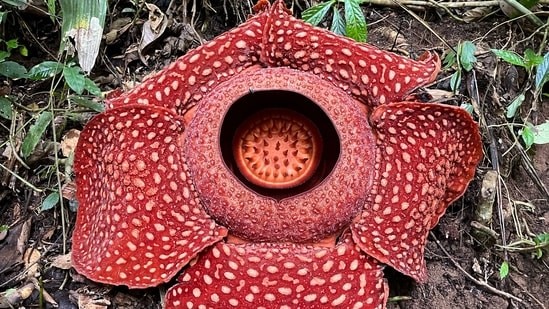Free Courses Sale ends Soon, Get It Now


Free Courses Sale ends Soon, Get It Now



Disclaimer: Copyright infringement not intended.
Context
Details
Research Findings
Habitat Vulnerability
Global Conservation Initiatives
About Rafflesia
Rafflesia, often referred to as the "corpse flower" or the "monster flower," is a fascinating and enigmatic genus of flowering plants known for producing the largest individual flowers on Earth.
Introduction to Rafflesia:
Conservation Status:
Unique Characteristics:
Life Cycle:
Rarity and Endangerment:
Cultural Significance:
Species Diversity:
Conclusion
|
PRACTICE QUESTION Q. Which of the following statements about Rafflesia is correct?
A) 1 and 3 B) 2 and 4 C) 3 and 4 D) 2 and 3 Correct Answer: B) 2 and 4 |
© 2024 iasgyan. All right reserved